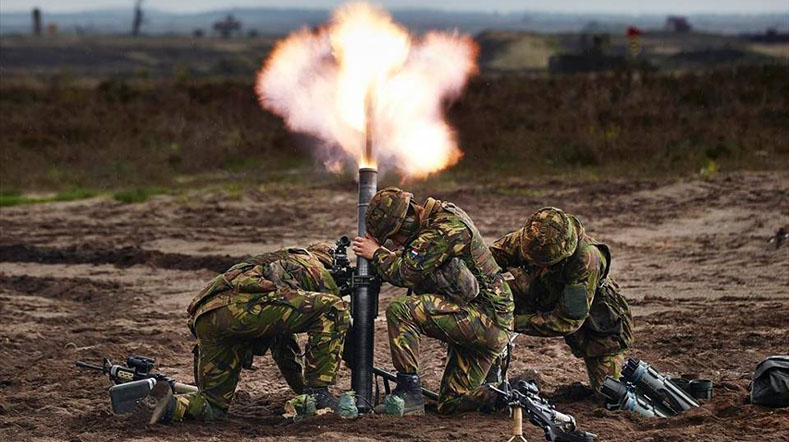TNO’s Unit Defence, Safety & Security strengthens ties with South Korea
In many places of the world, conflicts between countries are escalating. This has led to a worldwide rise in focus on defence and security and an increased demand for international defence collaboration - with both existing and new partners.
In this evolving landscape, the Netherlands is actively seeking to expand international cooperation. The Asia-Pacific (APAC) region offers numerous opportunities to forge new connections and deepen existing relationships. With this in mind, TNO’s Unit Defence, Safety & Security (DSS) is reinforcing its ties with South Korea and beyond.
Jyot, TNO Business Developer Lead for the APAC region within the Protection, Munitions & Weapons division, and Kirk, TNO Account Manager for the South Korean Agency for Defence Development (ADD), explain how their work contributes to strengthening international ties in the APAC region—and how the relationship with ADD has grown into a key partnership.
‘My first contact with scientists from South Korea’s ADD was in 2009. At the time, I specialised in ship vulnerability research at TNO,’ Kirk recalls. ‘I was working on complex projects involving ship collisions, hydrodynamics, and underwater explosion-induced shock. I also led experimental shock work in our Delft lab—an area of particular interest to ADD. Among all the international parties they approached, TNO stood out. Our expertise was important, but so too was our independent, non-commercial approach. That laid the foundation for project collaborations starting in 2012.’
Since the Korean War ended in an armistice in 1953, North and South Korea have remained in a tense standoff, with frequent confrontations along the border.
To safeguard national security, the South Korean government established the Agency for Defence Development (ADD) in 1970. Its mission is to strengthen South Korea’s national defence capabilities and promote technological independence—defending the nation through homegrown science and technology. The agency focuses on the research and development of weapons systems and related technologies, and is South Korea’s leading institute in defence technology.
ADD collaborates internationally with 25 organisations from 15 countries. Its core research areas align closely with those of Unit DSS. Since their first contact, TNO and ADD have worked together on projects in the research groups of Naval & Offshore Structures (Unit MBE), Energetic Materials, and Platform Protection & Advanced Materials.
From maritime researcher to international liaison
‘In the years since, I’ve worked closely with ADD on various projects,’ Kirk continues. ‘This helped me build strong relationships with their scientists, and I’ve learnt a lot about South Korean culture. That enables me to act as a bridge between TNO and our Korean partners. I still have one foot in science, as I need to understand the technical content, but my main role as Account Manager for ADD is to serve as the central point of contact with their International Cooperation Division. This includes coordinating communication and visits between our scientists, liaising with our business developers, and organising annual board-level meetings.’
Maintaining the relationship with ADD involves regular visits. For example, in March 2025, a TNO delegation led by COO Maarten Tossings visited Daejeon, South Korea. During the visit, they explored opportunities for collaboration, including potential joint research on High Energy Laser technology. “But we don’t just talk science,” Kirk adds. ‘On earlier visits, we’ve joined Dutch government-led trade missions, visited the Dutch embassy, and toured cultural landmarks such as the UN Memorial Cemetery in Busan, which also honours the Dutch contribution during the Korean War. These experiences foster mutual understanding and respect—crucial building blocks in our relationship with ADD.’
‘The South Korean defense industry and innovation ecosystem is impressive. TNO has been cooperating with ADD since 2012 on a range of subjects. Recently, we signed the 14th information exchange agreement on High Energy Laser.’
Cultural challenges
‘Cultural sensitivity and adaptability are essential,’ Jyot confirms. ‘My background in international relations helps me in my role as Business Developer at TNO. My work is essentially split in two,’ he explains. ‘Half of my time is spent on international collaboration with the Asia-Pacific region. Effective collaboration can be challenging because of cultural differences; not just between East and West, but also within the region. For instance, the direct and commercial style common in Dutch business doesn’t align well with South Korea’s more reserved business culture, which values patience and respect. India, on the other hand, is generally more direct, though that varies by region. My Indian roots help me navigate this patchwork of subcultures.’
As for the other half of his role, Jyot says: ‘In addition to building and maintaining international relationships, I’m also the business lead for High Energy Laser technology. These two aspects come together in our discussions with ADD in South Korea. Laser systems are a global hot topic and a rapidly growing area of expertise within TNO DSS.’
‘My Indian roots help me navigate this patchwork of subcultures.’
High Energy Lasers (HEL) have the potential to transform the future of defence interventions. Thanks to their precision, speed, and low operating cost, they are a valuable complement to traditional defence systems.
At the core of a HEL is a power source that generates an extremely powerful and focused laser beam, aimed with great precision at its target. A HEL delivers energy at the speed of light, meaning the beam impacts almost instantly. It can destroy a drone or other target through the extreme heat generated on contact—minimising collateral damage.
Challenges include generating sufficient energy to power the beam and ensuring effective cooling. Atmospheric conditions such as fog, rain, or dust can also affect the laser’s path.
‘The Netherlands is strong in certain areas of the required technology,’ Jyot adds. ‘Other countries, including South Korea, are also advanced in developing laser weapons, albeit in different components. Collaboration allows us to pool expertise and develop powerful defence technologies together.’
Looking ahead: expanding regional collaboration
‘TNO is an independent organisation, but as Unit DSS, we work closely with the Ministry of Defence. We focus on areas that align with the Ministry’s interests,’ Jyot concludes. ‘The unit’s focus is shifting in tandem with the Ministry’s increasingly global outlook. In the Asia-Pacific region, we already collaborate with Australia, in addition to South Korea. We’re exploring partnerships with Japan, and as India moves away from investing in ties with Russia and increasingly aligns with the West, I expect the number of security collaborations between the Netherlands and countries in this region to continue growing.’
Get inspired
Why continuous knowledge development is crucial in munitions safety
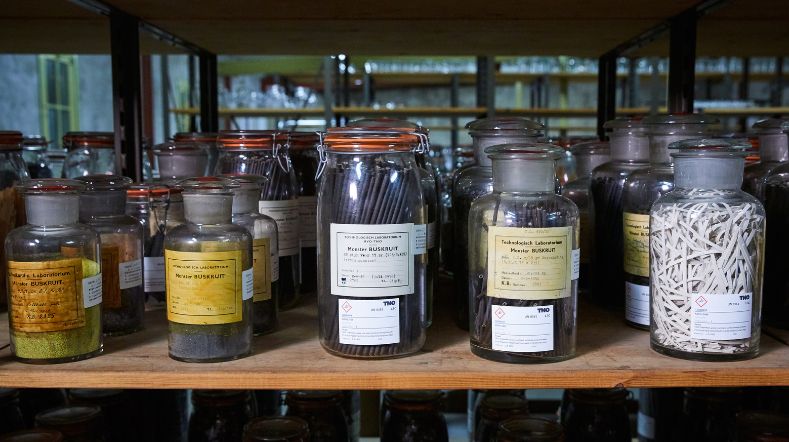

How the use of passive radars and satellite signals can detect and identify aerial threats
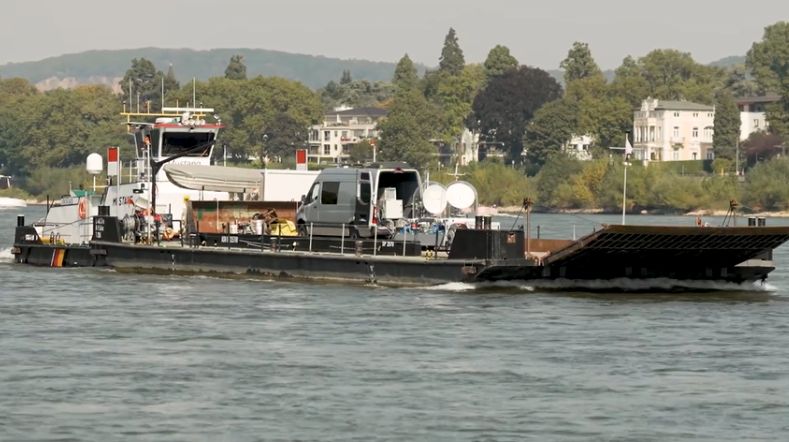

Responsible for safety: the crucial role of the range operator in bulletproof protection
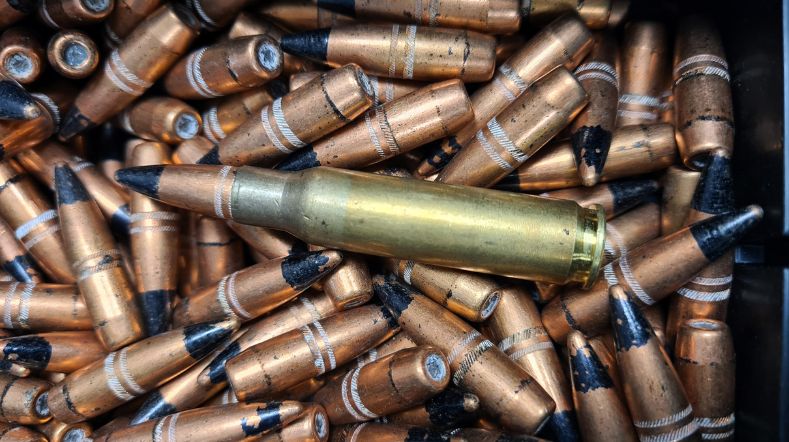

Is the race between protection and weight of Defence vehicles changing?
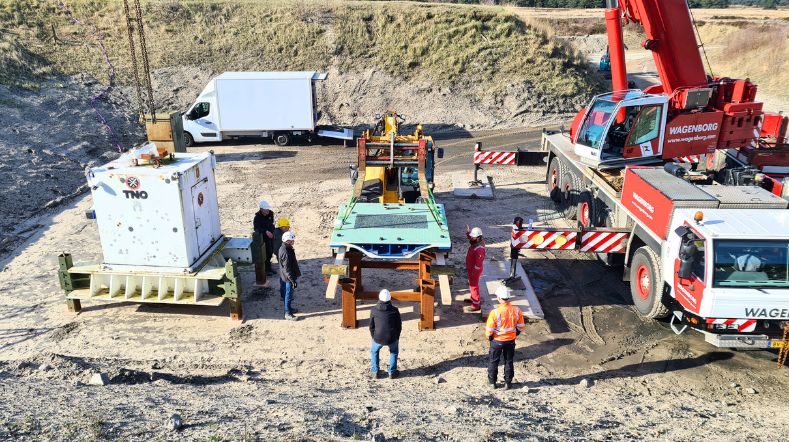

Prevent mild brain damage (mTBI) in the military? TNO is helping to build knowledge
